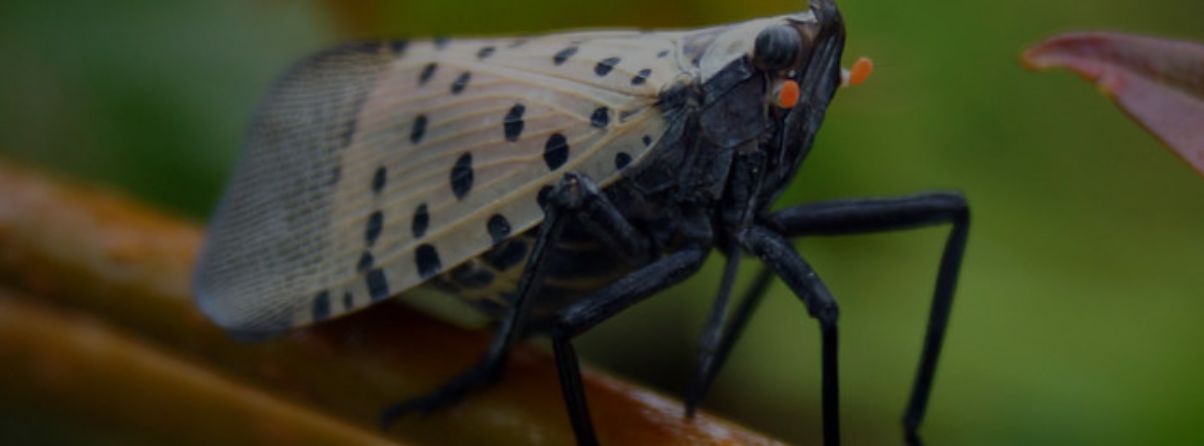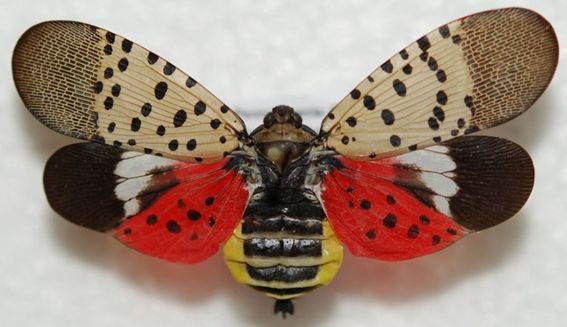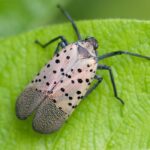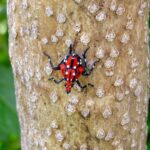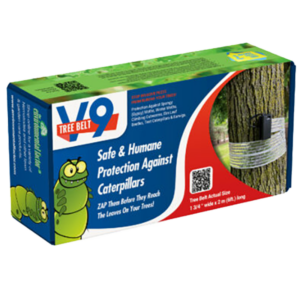Your cart is currently empty!
Damage
Nymphs and adults of spotted lanternflies have piercing-sucking mouthparts that allow them to feed plant sap. This invasive pest has many hosts including the tree of heaven, grapes, apple, stone fruit, maple, etc. The adult lanternfly can puncture trees and drill into the bark and suck tree sap. Trees with extensive lanternfly attacks appear oozing sap from holes in the tree. Moreover, spotted lanternflies excrete a sticky substance called honeydew which attracts scavenger insects such as ants and bees. Also, honeydew may encourage sooty mold which is a fungus disease growing on the plant. Sooty mold covers plant leaves, resulting in less photosynthesis and loss of vigour of plants.


